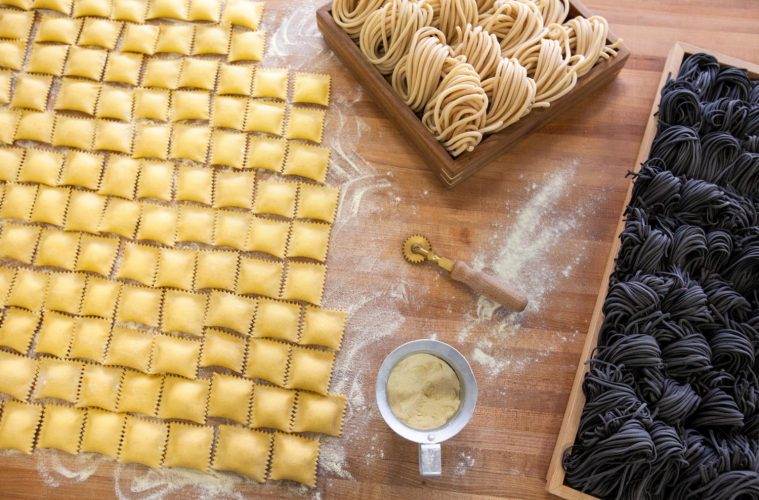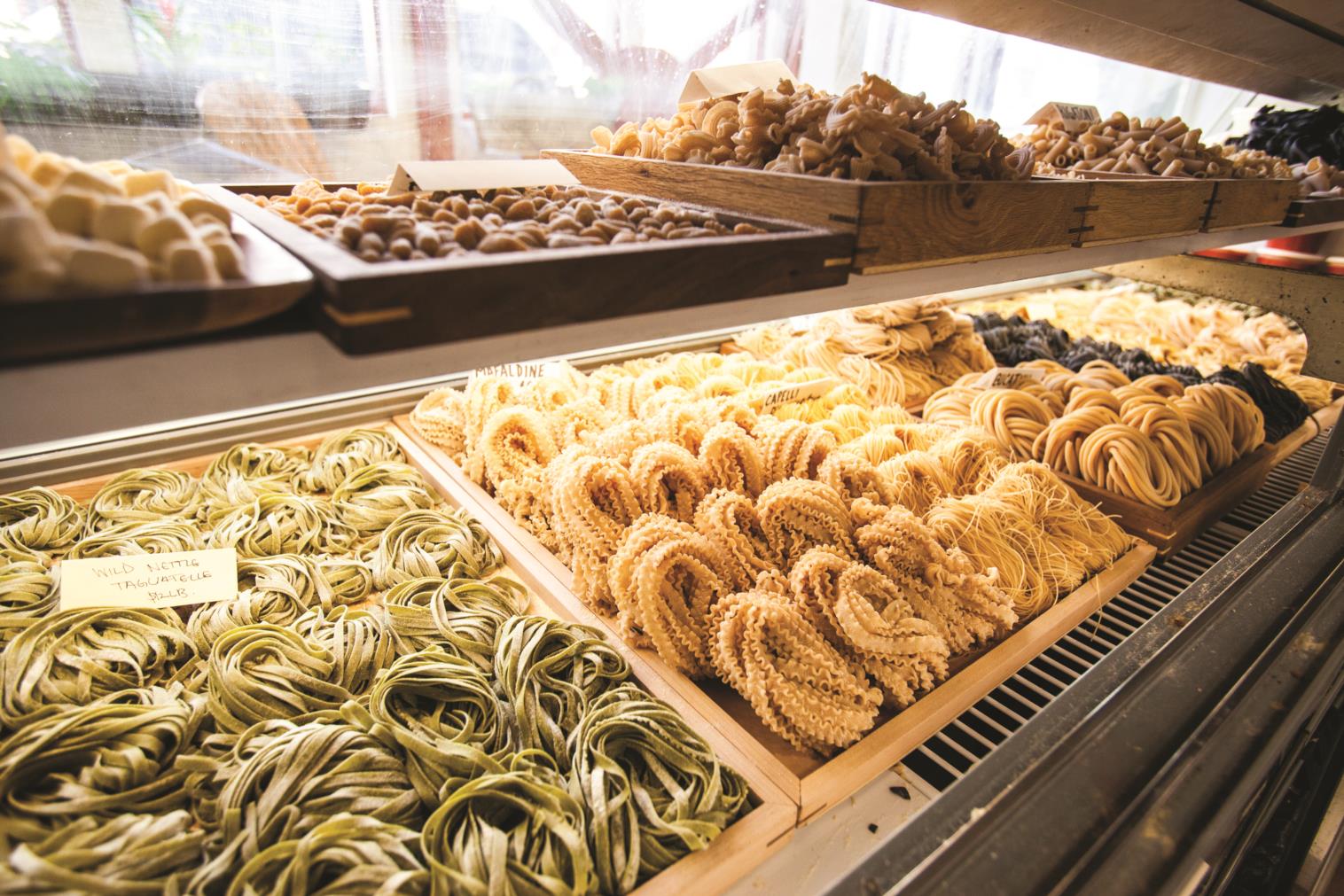
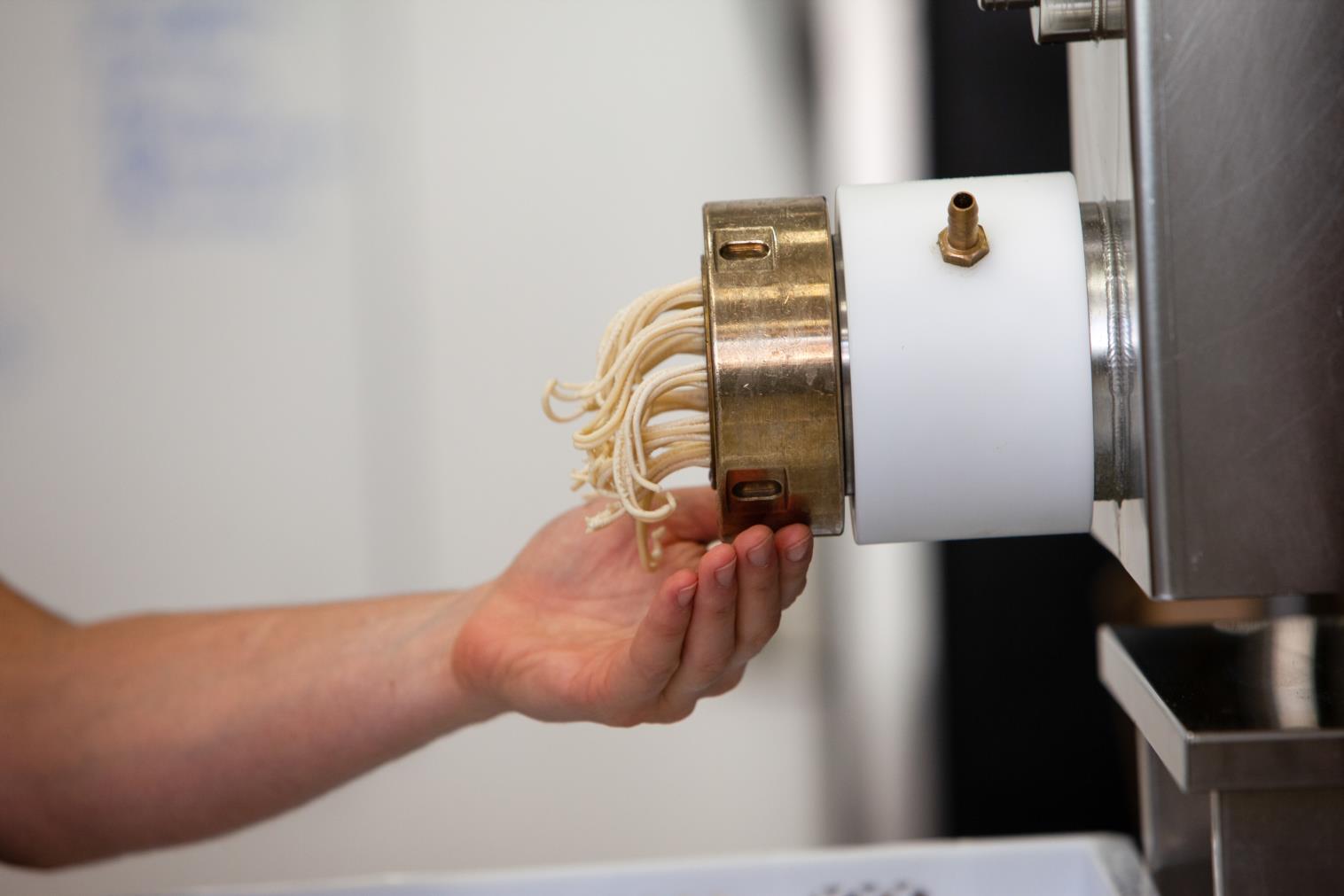 “Once you understand the history, then you can form an opinion,” Glantz says. And she understands this history exceptionally well. Passionate, well educated, with a résumé that includes working for the storied Michelin-starred chef Alice Waters at Chez Panisse in Berkeley, California, Glantz has earned the trust and respect of everyone in the community. Old-timers who worked the olive groves in Sicily before immigrating to Gloucester will debate pasta shapes and share recipes in her airy, welcoming shop while single dads rush in looking for a way to feed their kids a simple, nutritious meal. Families in the know place orders for her lasagna sheets, which are only available via special order with at least 24 hours’ notice—a window that fills up quickly two weeks before a major holiday, as the pasta maker and her part-time assistant craft everything by hand, using only local wheat and traditional tools. Store-bought pastas generally have been treated to make them shelf-stable, and are cut with nylon rather than bronze—yielding a smooth shape rather than a toothsome one.
“Once you understand the history, then you can form an opinion,” Glantz says. And she understands this history exceptionally well. Passionate, well educated, with a résumé that includes working for the storied Michelin-starred chef Alice Waters at Chez Panisse in Berkeley, California, Glantz has earned the trust and respect of everyone in the community. Old-timers who worked the olive groves in Sicily before immigrating to Gloucester will debate pasta shapes and share recipes in her airy, welcoming shop while single dads rush in looking for a way to feed their kids a simple, nutritious meal. Families in the know place orders for her lasagna sheets, which are only available via special order with at least 24 hours’ notice—a window that fills up quickly two weeks before a major holiday, as the pasta maker and her part-time assistant craft everything by hand, using only local wheat and traditional tools. Store-bought pastas generally have been treated to make them shelf-stable, and are cut with nylon rather than bronze—yielding a smooth shape rather than a toothsome one.
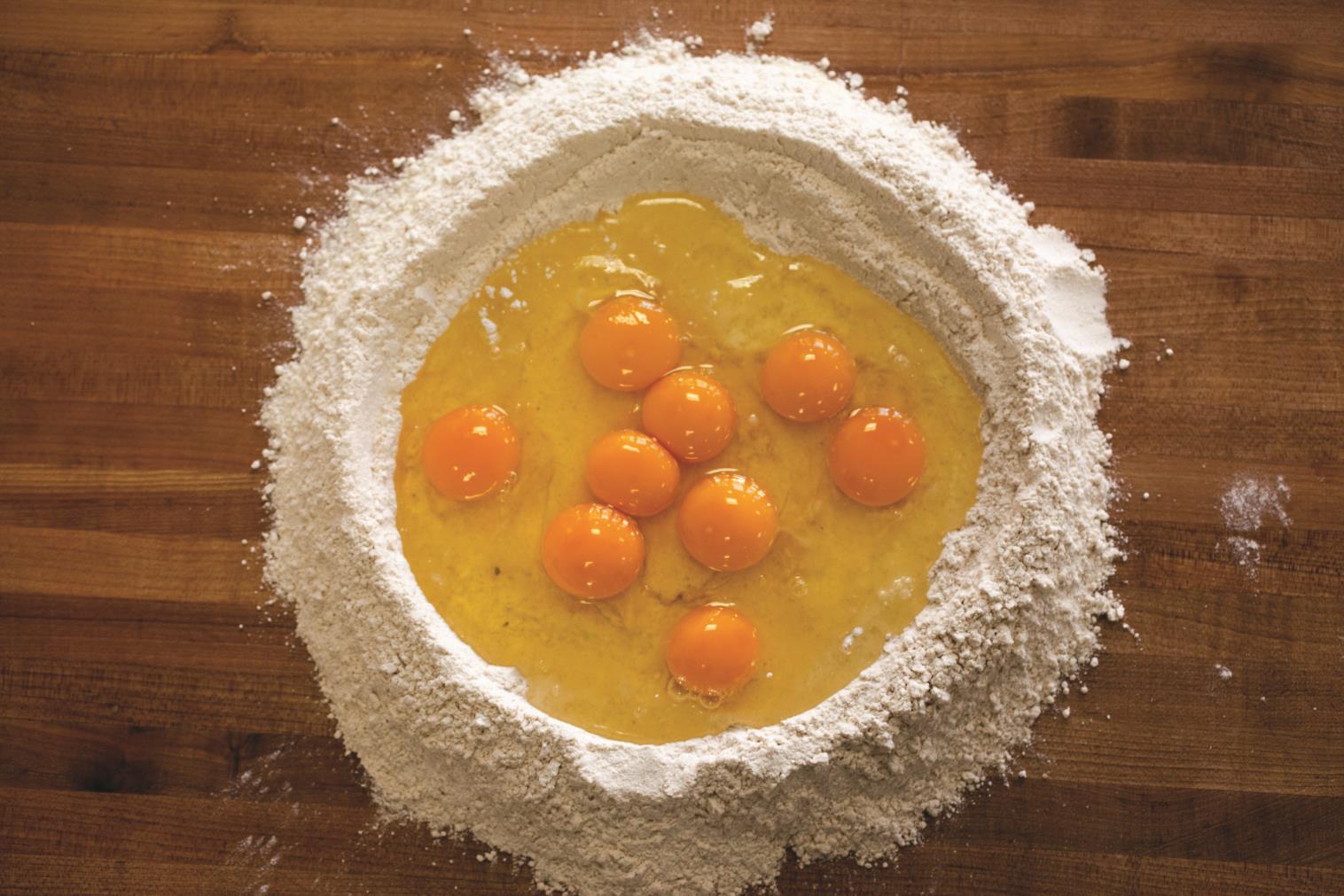
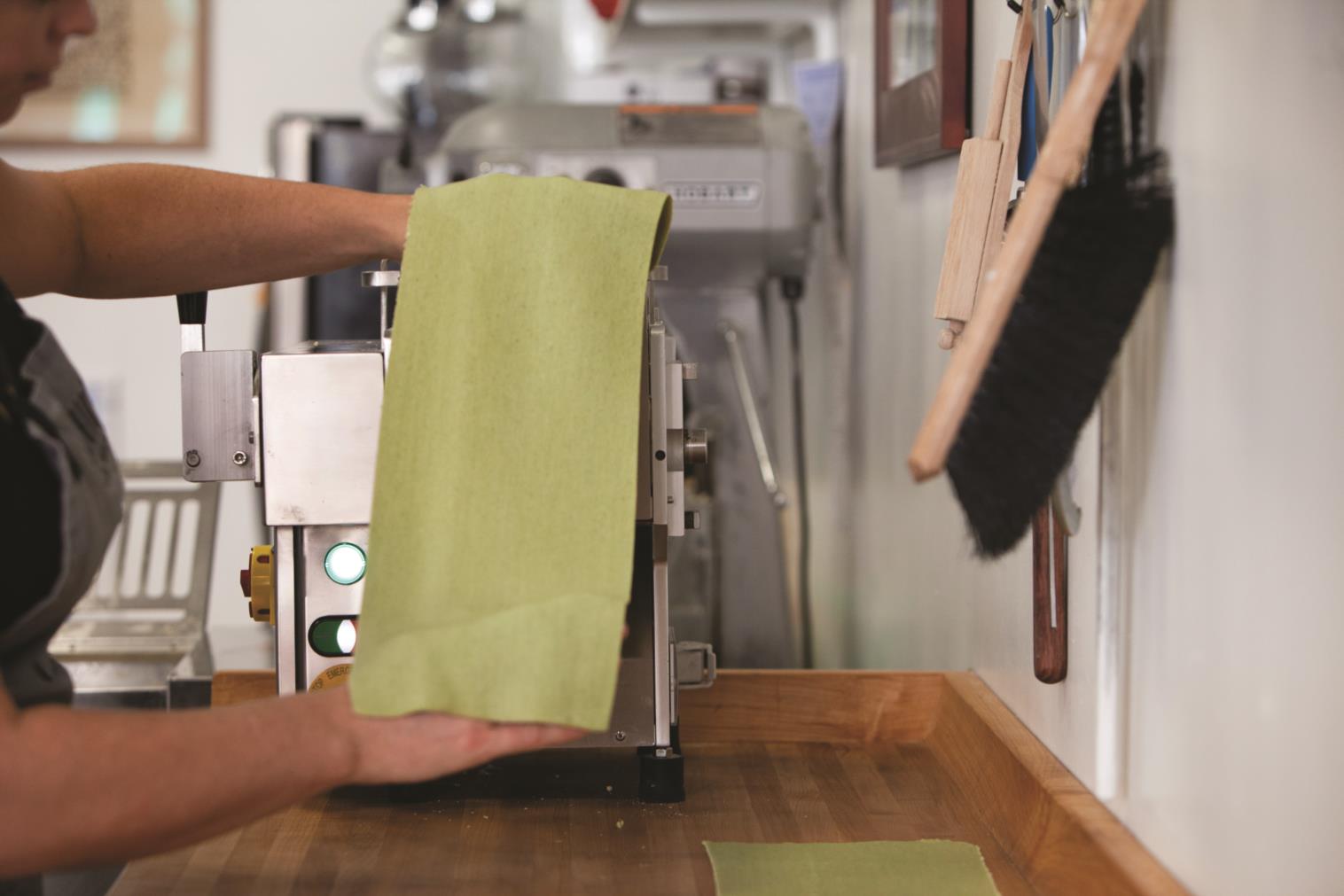 While Glantz counts among her mentors some of the best chefs in the country, and was a recipient of the prestigious Académie Brillat-Savarin Medal of Merit while attending the Culinary Institute of America, her passion is more for rustic home cooking. “I cook like a grandma,” she says. “The way I see it, everything has already been done, so why not just stick with what we know works—what’s fresh, local, and in season.”
A perfect example of that might be her caserecce, a traditional Sicilian pasta rolled from each end like a tiny scroll. Glantz makes it green, using local vegetables that change with the seasons—spinach, arugula, or wild nettles, depending on what the farms are bringing in. The dough is a base of La Milanaise organic non-GMO semolina flour from Quebec and Maine Grains organic whole wheat flour.
While Glantz counts among her mentors some of the best chefs in the country, and was a recipient of the prestigious Académie Brillat-Savarin Medal of Merit while attending the Culinary Institute of America, her passion is more for rustic home cooking. “I cook like a grandma,” she says. “The way I see it, everything has already been done, so why not just stick with what we know works—what’s fresh, local, and in season.”
A perfect example of that might be her caserecce, a traditional Sicilian pasta rolled from each end like a tiny scroll. Glantz makes it green, using local vegetables that change with the seasons—spinach, arugula, or wild nettles, depending on what the farms are bringing in. The dough is a base of La Milanaise organic non-GMO semolina flour from Quebec and Maine Grains organic whole wheat flour.
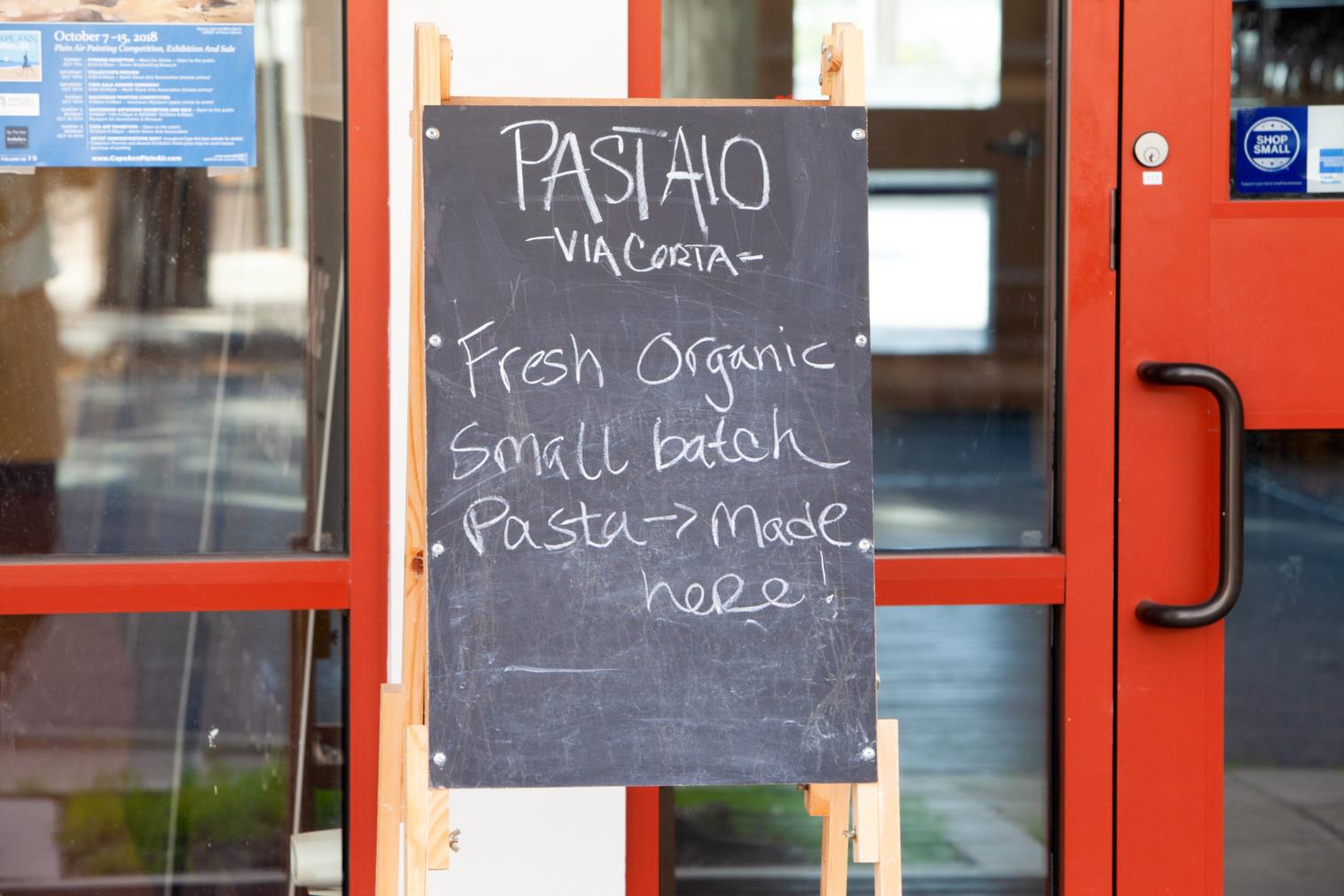
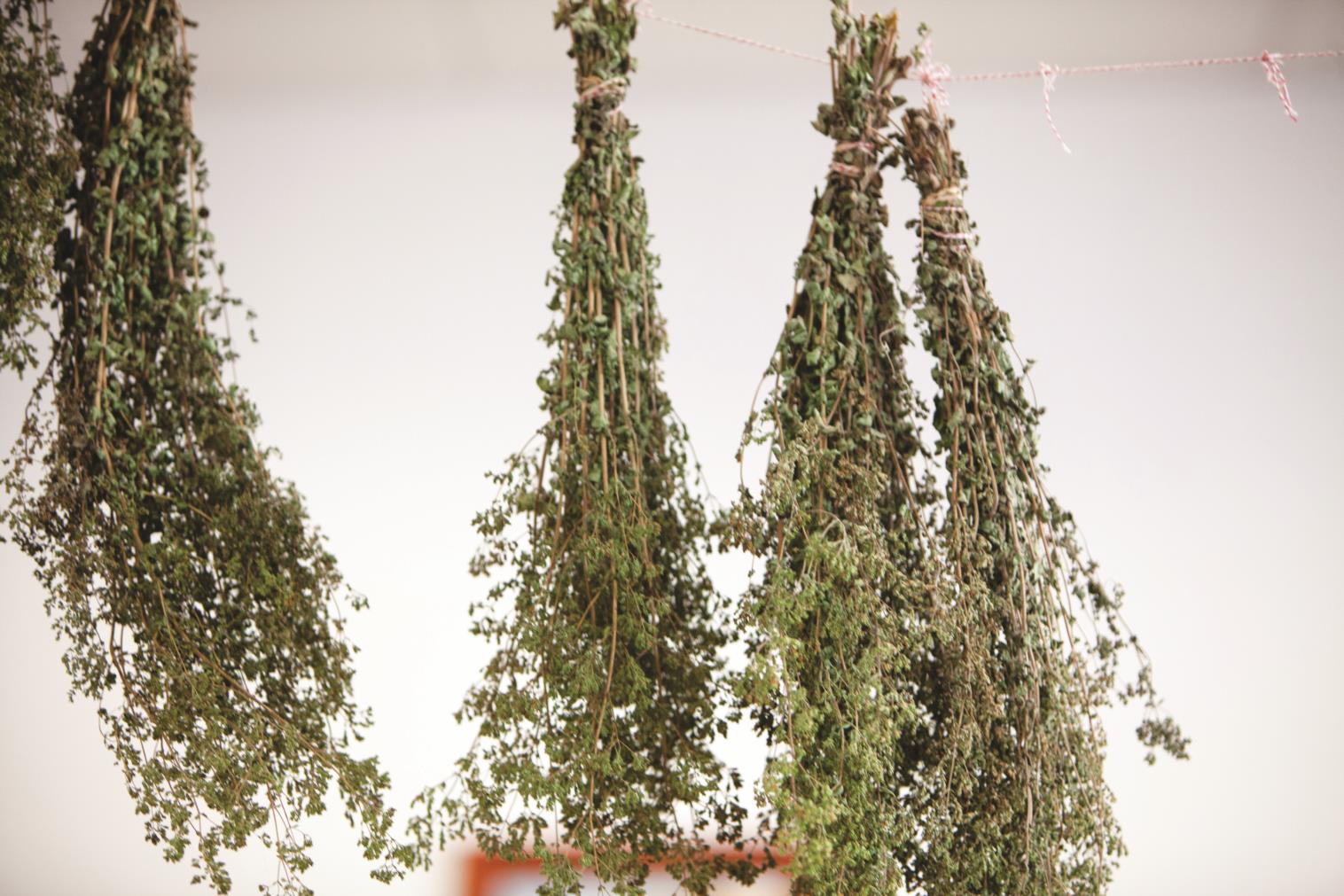
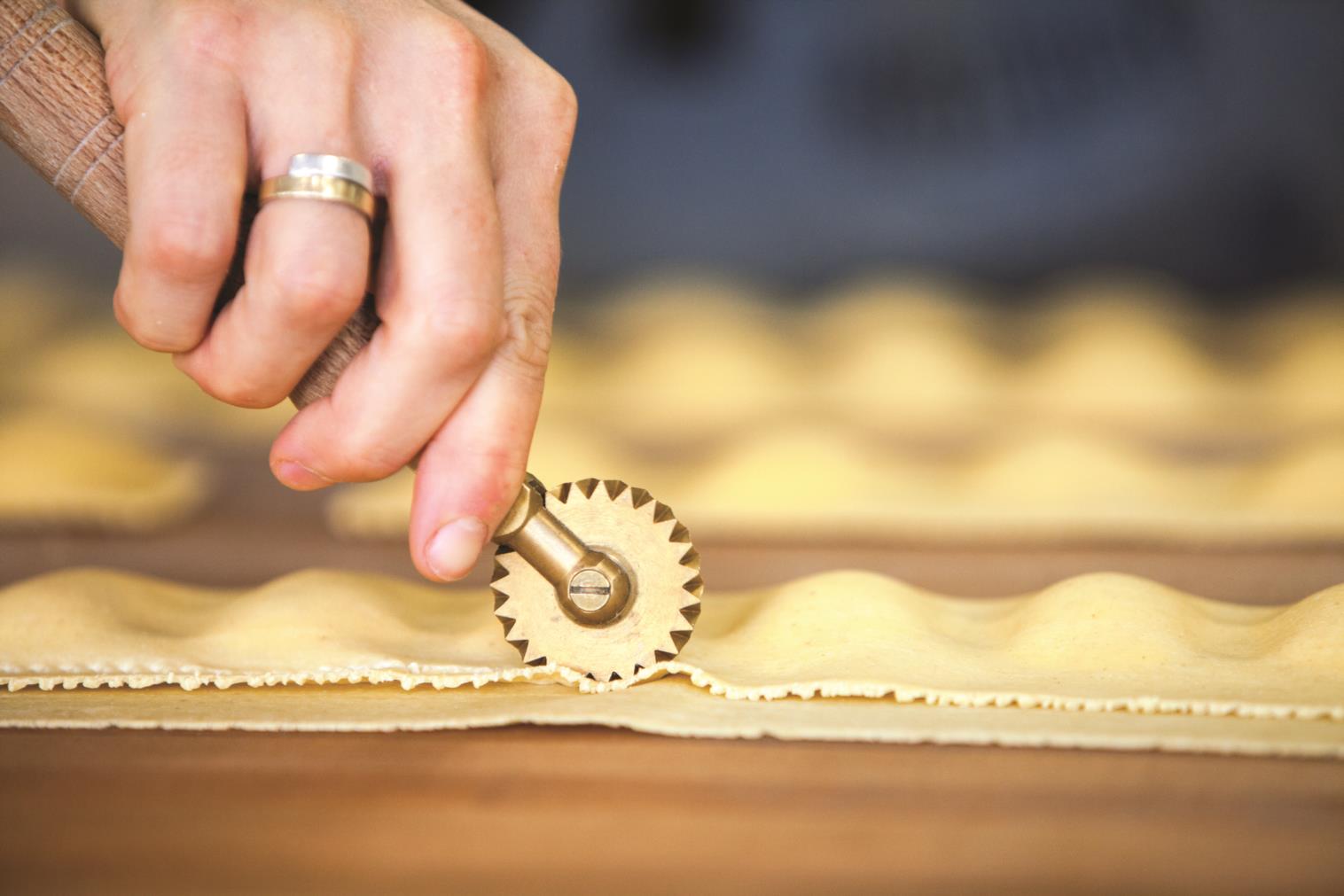 “For me, this is the pasta that represents my community—my farmers in West Gloucester, Essex, and Topsfield,” says Glantz, noting that caserecce means “home” in Italian.
Late September is wild nettle season. Also known as stinging nettles, the bright-green, highly nutritious leaves for Glantz’s pasta come from Cedar Rock Gardens in West Gloucester, where they grow wild all around the edges of cultivated land. They are called stinging nettles because tiny hairs on the stems and leaves sting when you touch them (as this writer can attest firsthand). While most instructions suggest wearing gloves when preparing nettles (once they are blanched, they can no longer sting, but getting them to that point takes time), Glantz plunges her bare hands into the greens. She’s heard it might ward off arthritis, plus she’s tough.
The fresh caserecce flies out of the case fast, but the dried version is usually available into the winter, thanks to her move to a new storefront right on Main Street a few months back that more than doubled her space, enabling her more room to make dried pasta. Just a stone’s throw from the tiny original space that gave the business its name—Pastaio via corta means “pasta maker on a short street”—the new storefront with wide windows has a nice spot for hanging out and features displays with a carefully curated array of artisanal products that are hard to get stateside.
“For me, this is the pasta that represents my community—my farmers in West Gloucester, Essex, and Topsfield,” says Glantz, noting that caserecce means “home” in Italian.
Late September is wild nettle season. Also known as stinging nettles, the bright-green, highly nutritious leaves for Glantz’s pasta come from Cedar Rock Gardens in West Gloucester, where they grow wild all around the edges of cultivated land. They are called stinging nettles because tiny hairs on the stems and leaves sting when you touch them (as this writer can attest firsthand). While most instructions suggest wearing gloves when preparing nettles (once they are blanched, they can no longer sting, but getting them to that point takes time), Glantz plunges her bare hands into the greens. She’s heard it might ward off arthritis, plus she’s tough.
The fresh caserecce flies out of the case fast, but the dried version is usually available into the winter, thanks to her move to a new storefront right on Main Street a few months back that more than doubled her space, enabling her more room to make dried pasta. Just a stone’s throw from the tiny original space that gave the business its name—Pastaio via corta means “pasta maker on a short street”—the new storefront with wide windows has a nice spot for hanging out and features displays with a carefully curated array of artisanal products that are hard to get stateside.
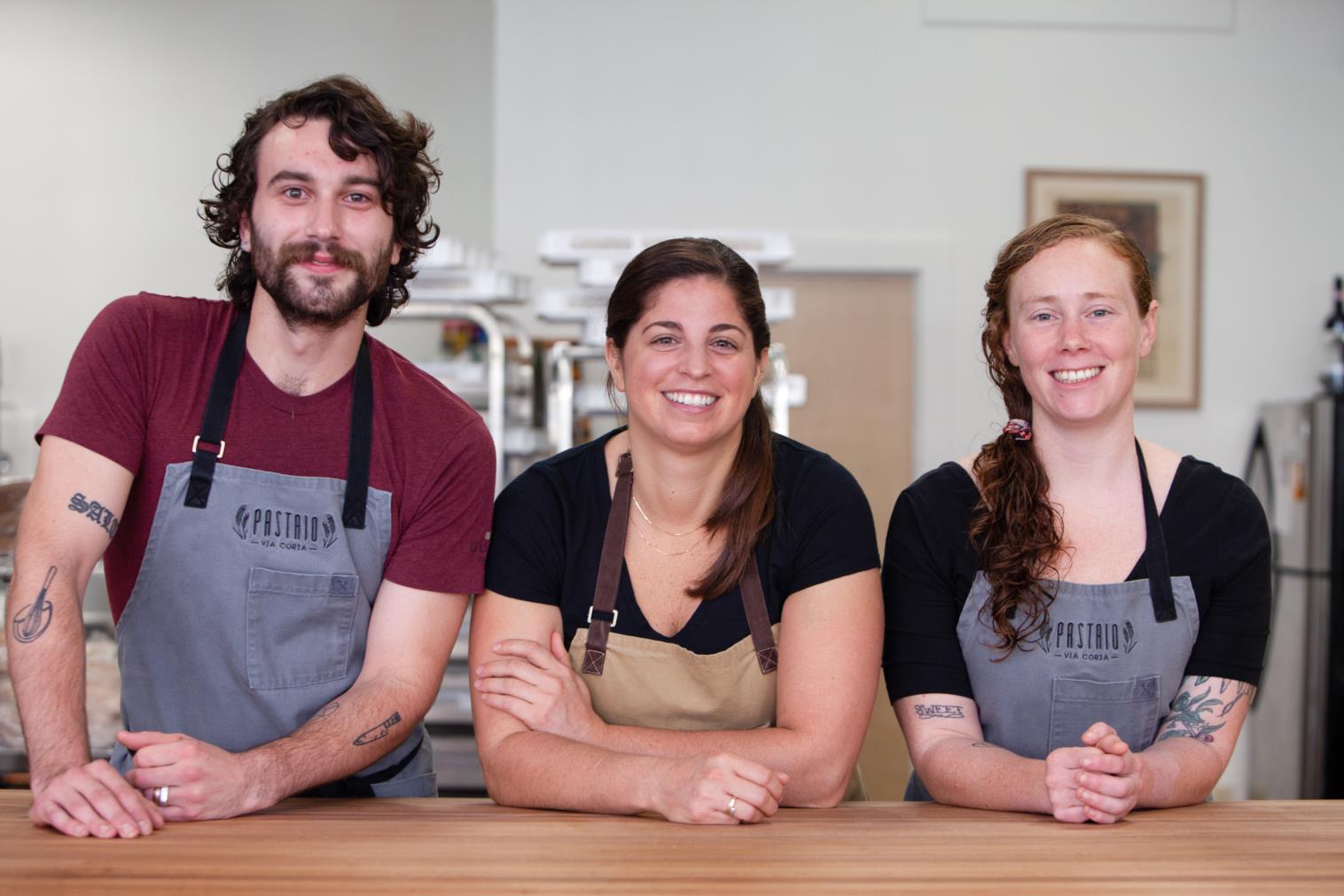
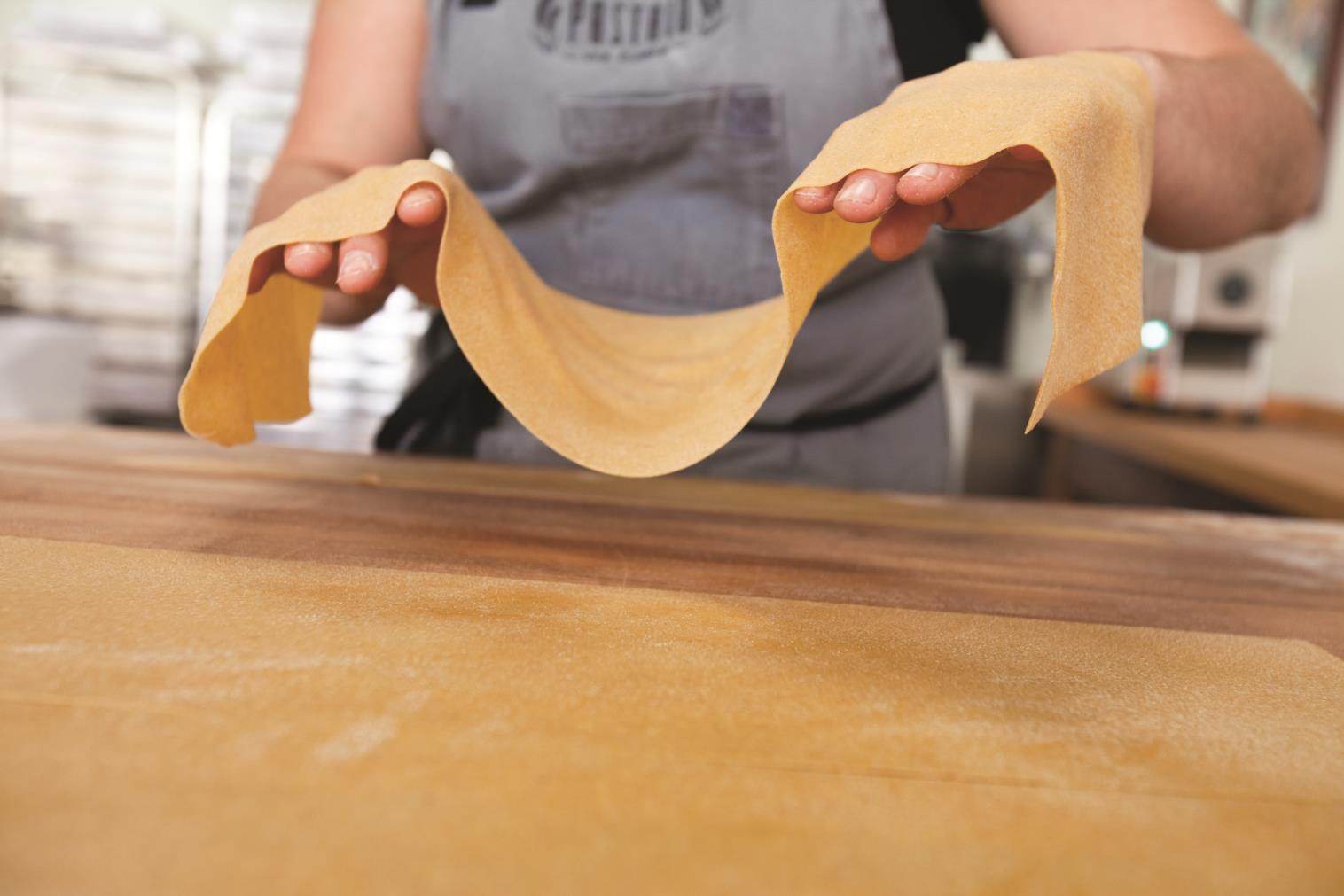 Old World pasta runs in Glantz’s blood. Her great-great-grandmother arrived in the United States in the early 1900s with her pasta board strapped to her back. On a shelf over Glantz’s workbench rests a picture of her great-grandparents, along with a variety of artisanal tools for hand-shaping pasta that were all handcrafted by experts, including an intricate stamp carved in Italy just for Glantz. Every pastaio (Italian for “pasta maker”) has their own mark.
Old World pasta runs in Glantz’s blood. Her great-great-grandmother arrived in the United States in the early 1900s with her pasta board strapped to her back. On a shelf over Glantz’s workbench rests a picture of her great-grandparents, along with a variety of artisanal tools for hand-shaping pasta that were all handcrafted by experts, including an intricate stamp carved in Italy just for Glantz. Every pastaio (Italian for “pasta maker”) has their own mark.
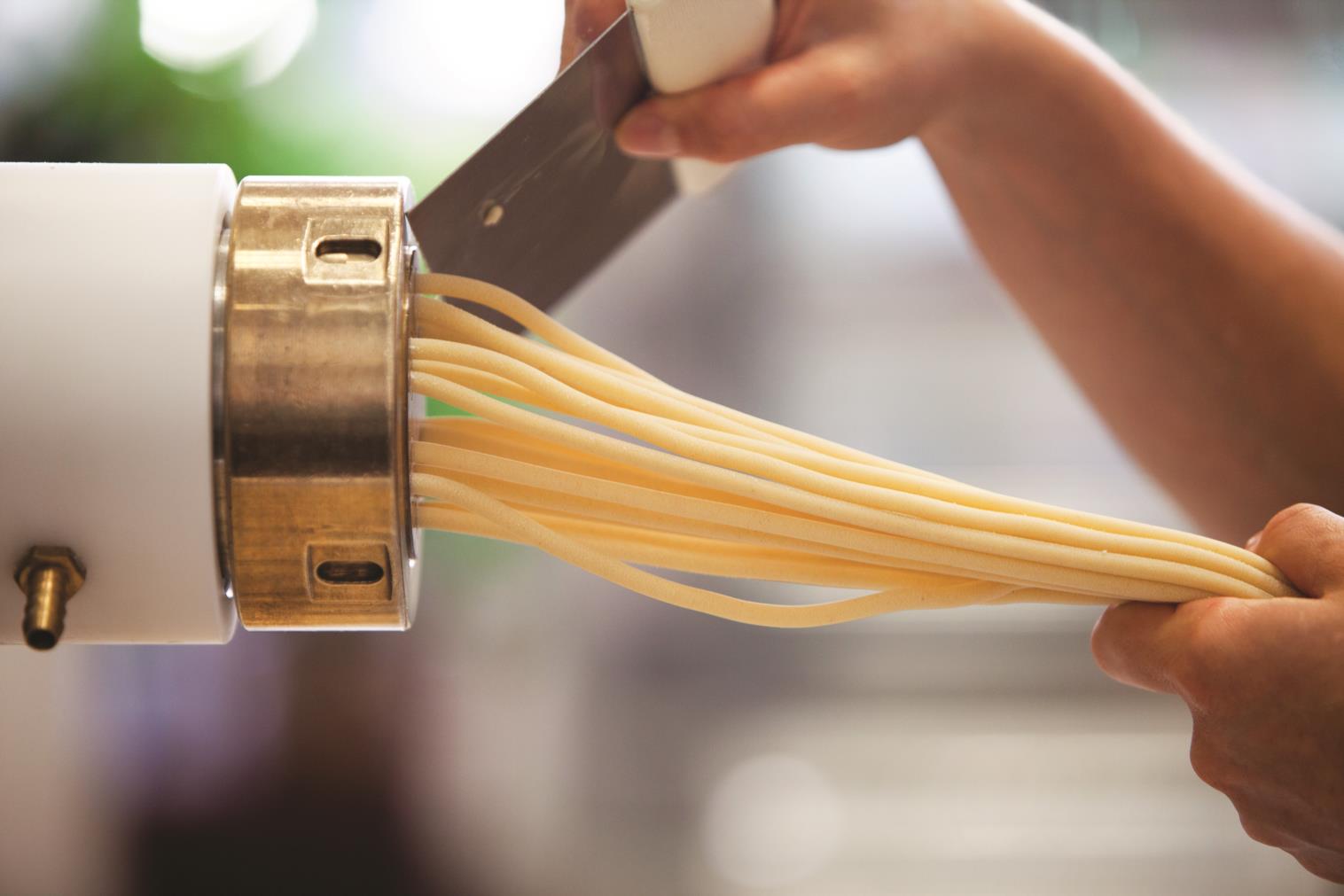
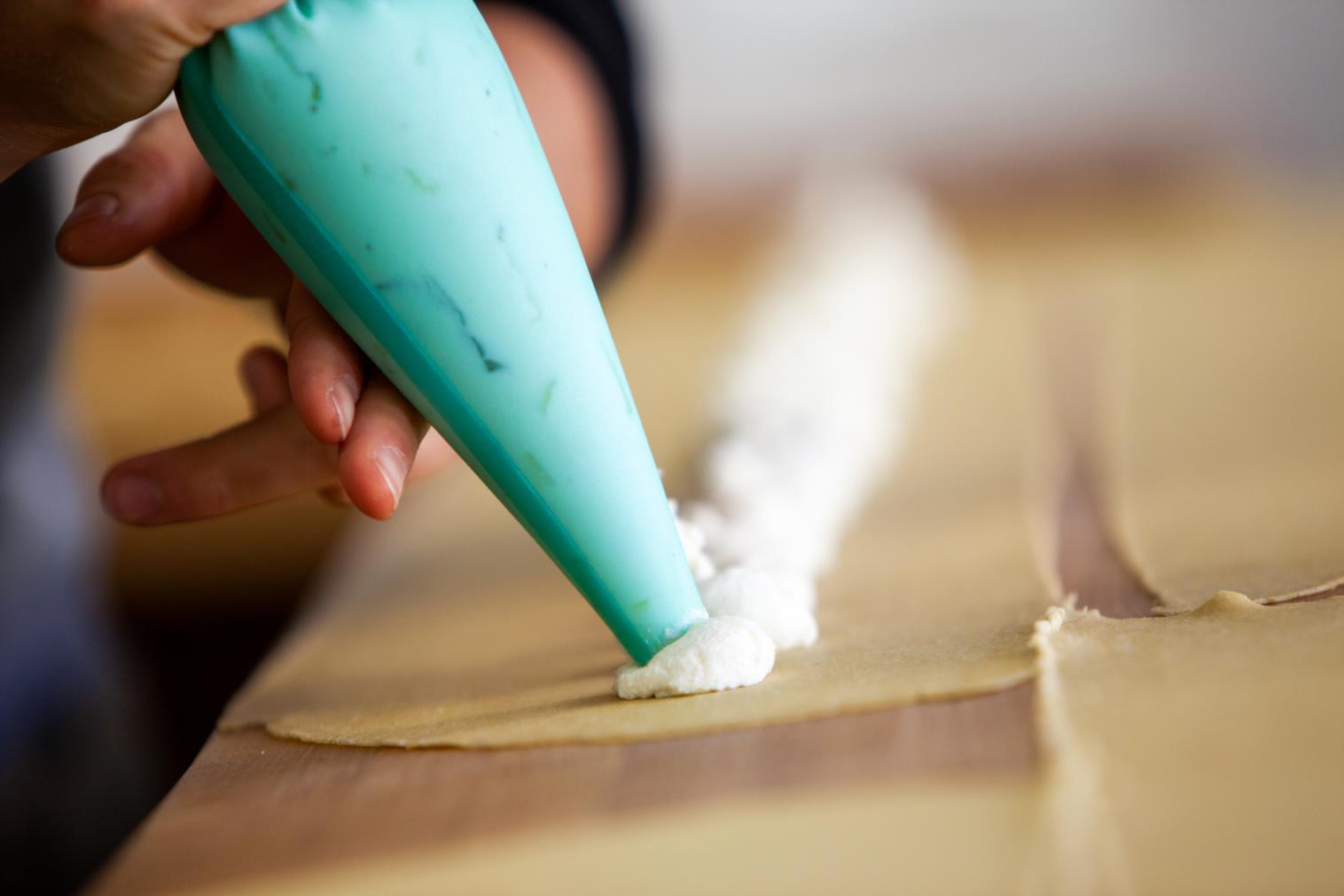 Glantz takes her commitment to preserving local foodways, working with local farmers, and serving her customers very seriously. A wheel of Parmigiano Reggiano that is imperfectly aged can keep her up at night, and she knows the story of every single product in her store, from the way barrels of anchovies are aged for the Nettuno Colutura—a rare fish condiment that is a favorite of Andrew Zimmern of Food Network—to the fig groves that grow the fruit for her imported preserves. She knows when the new harvest of San Marzano tomatoes will turn up in cans on our shores and makes sure she clears out last year’s in time. A holiday food basket from Pastaio Via Corta is guaranteed to be filled with things you’ve never tried before and want to try again and again.
“I’m proud of keeping traditions alive,” Glantz says. “To me, what is important is teaching people what is real and what is not. I just want to give people the real thing.” pastaioviacorta.com
Glantz takes her commitment to preserving local foodways, working with local farmers, and serving her customers very seriously. A wheel of Parmigiano Reggiano that is imperfectly aged can keep her up at night, and she knows the story of every single product in her store, from the way barrels of anchovies are aged for the Nettuno Colutura—a rare fish condiment that is a favorite of Andrew Zimmern of Food Network—to the fig groves that grow the fruit for her imported preserves. She knows when the new harvest of San Marzano tomatoes will turn up in cans on our shores and makes sure she clears out last year’s in time. A holiday food basket from Pastaio Via Corta is guaranteed to be filled with things you’ve never tried before and want to try again and again.
“I’m proud of keeping traditions alive,” Glantz says. “To me, what is important is teaching people what is real and what is not. I just want to give people the real thing.” pastaioviacorta.com
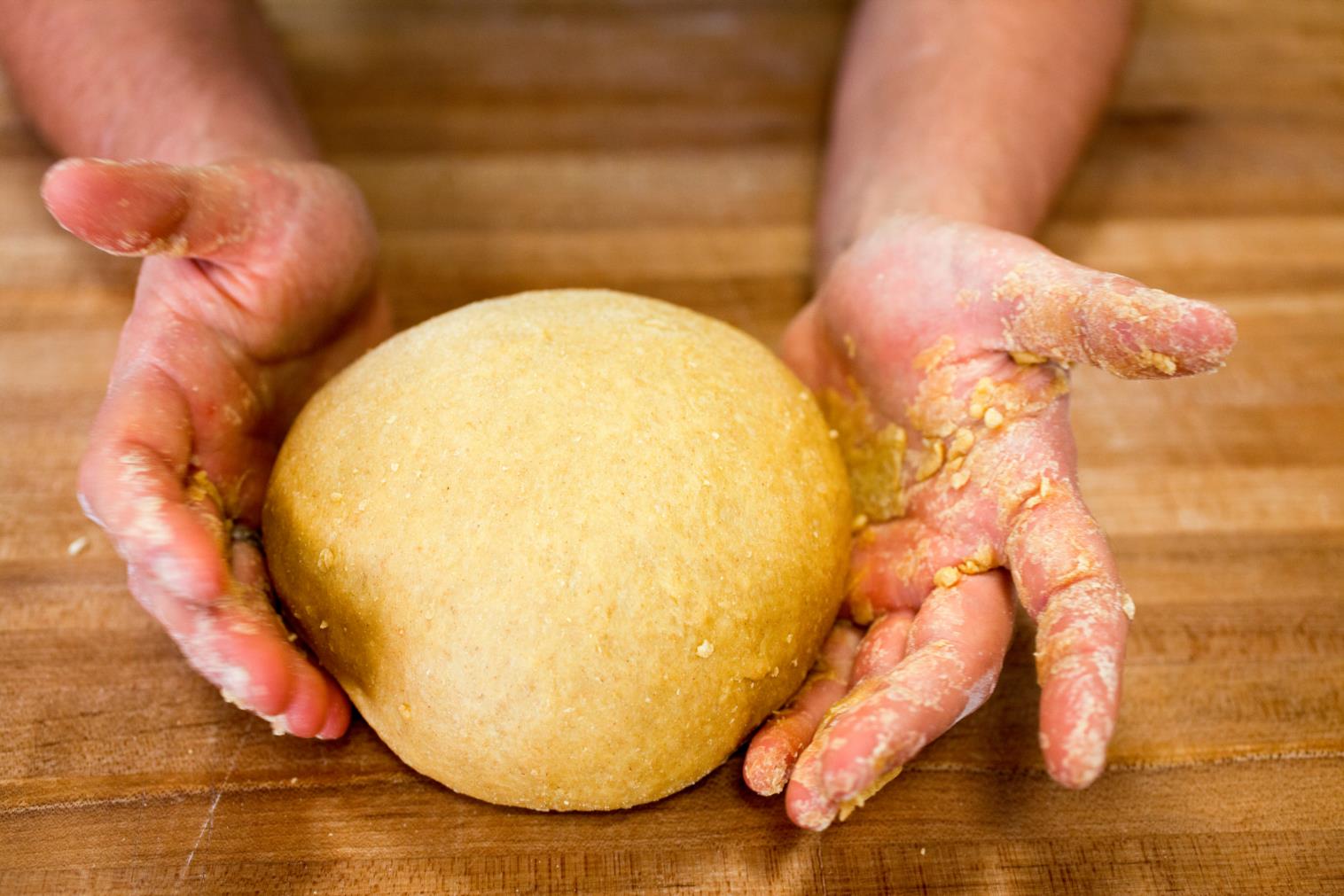
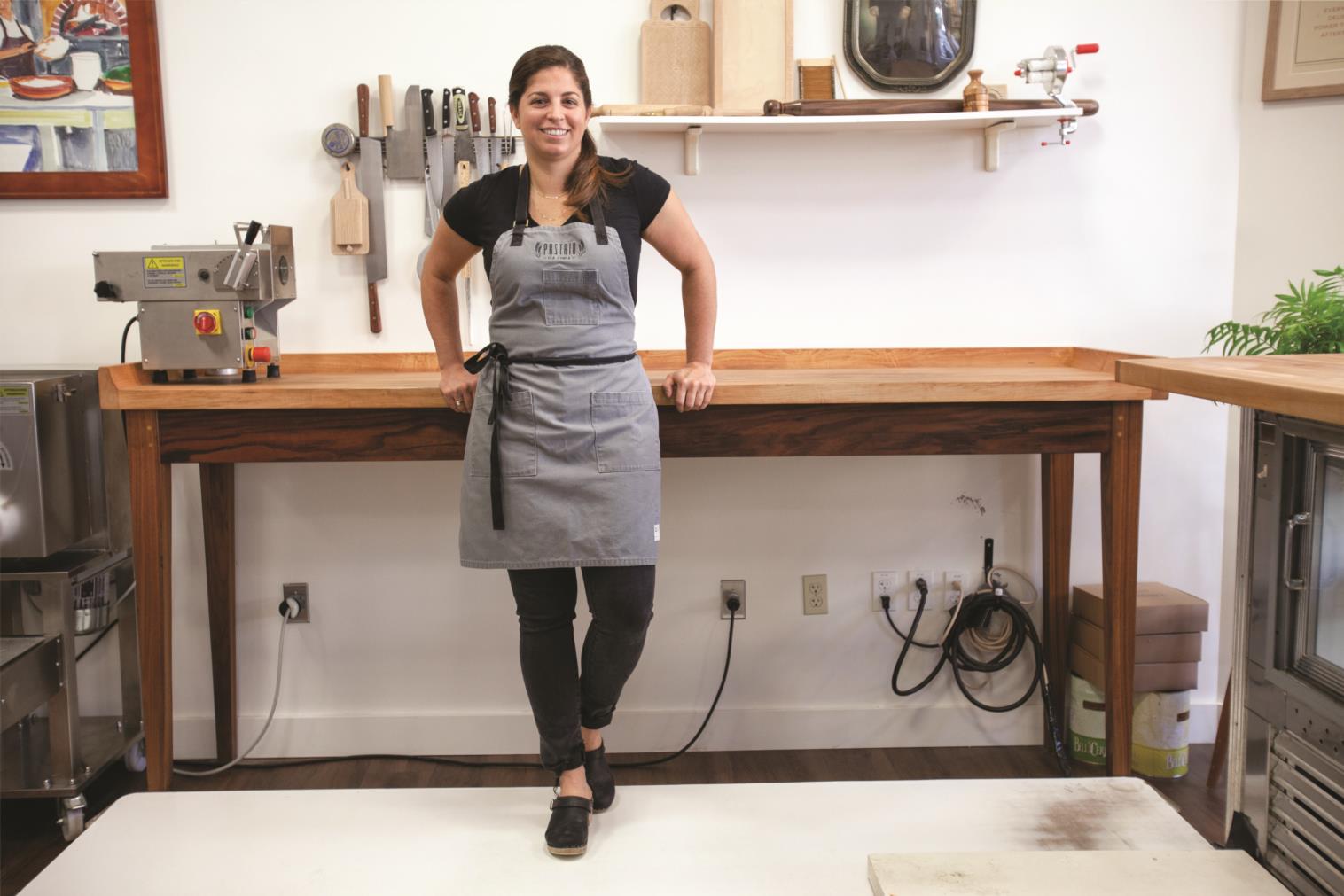 Lasagna Tips
Stop into Pastaio Via Corta if you’re wondering what to make for dinner any night of the week and you can leave with a simple recipe and all the ingredients for a fast, nutritious meal. But over the holidays, when something fancier is on everyone’s menu, owner Danielle Glantz starts taking orders for sheets of lasagna noodles two weeks before Christmas, and her list fills up fast. It’s worth planning ahead; Glantz rolls them to the perfect thickness and cuts the noodles to the size of your nonna’s favorite pan. Your ragù has never had it so good.
Here’s a blueprint for Glantz’s favorite lasagna. Her family from Northern Italy prefers a béchamel to ricotta and mozzarella, but she has friends in Italy who use everything from hard-boiled eggs to meatballs.
Fresh sheets can either be boiled for 30 seconds and then shocked in an ice bath and set to dry on a tablecloth, or they can be layered without cooking. Just use some extra sauce and bake a bit longer.
Make a ragù Bolognese. Start with a sofrito (a mix of carrots, onions, and celery) cooked for about 30 minutes over low heat, until it’s almost a mash. Add diced pancetta, then ground pork or beef. Brown the meat, and then add white wine. Add tomatoes and parmesan cheese rinds, if available, and then cook for three to five hours. Don’t stir too much.
Make a béchamel. Cook equal parts butter and flour. It should look like wet sand. Then add milk and freshly ground nutmeg. Follow your favorite recipe, but Glantz recommends stirring occasionally over super-low heat for 45 minutes to ensure the flour is completely cooked.
Start layering. Glantz likes six or seven layers. Put a bit of sauce on the bottom, layer in some pasta, top with some more ragù and some béchamel. Bake at 400 degrees for about 30 minutes—longer if you started with raw lasagna noodles. Glantz bakes it uncovered because she likes it crispy.
Lasagna Tips
Stop into Pastaio Via Corta if you’re wondering what to make for dinner any night of the week and you can leave with a simple recipe and all the ingredients for a fast, nutritious meal. But over the holidays, when something fancier is on everyone’s menu, owner Danielle Glantz starts taking orders for sheets of lasagna noodles two weeks before Christmas, and her list fills up fast. It’s worth planning ahead; Glantz rolls them to the perfect thickness and cuts the noodles to the size of your nonna’s favorite pan. Your ragù has never had it so good.
Here’s a blueprint for Glantz’s favorite lasagna. Her family from Northern Italy prefers a béchamel to ricotta and mozzarella, but she has friends in Italy who use everything from hard-boiled eggs to meatballs.
Fresh sheets can either be boiled for 30 seconds and then shocked in an ice bath and set to dry on a tablecloth, or they can be layered without cooking. Just use some extra sauce and bake a bit longer.
Make a ragù Bolognese. Start with a sofrito (a mix of carrots, onions, and celery) cooked for about 30 minutes over low heat, until it’s almost a mash. Add diced pancetta, then ground pork or beef. Brown the meat, and then add white wine. Add tomatoes and parmesan cheese rinds, if available, and then cook for three to five hours. Don’t stir too much.
Make a béchamel. Cook equal parts butter and flour. It should look like wet sand. Then add milk and freshly ground nutmeg. Follow your favorite recipe, but Glantz recommends stirring occasionally over super-low heat for 45 minutes to ensure the flour is completely cooked.
Start layering. Glantz likes six or seven layers. Put a bit of sauce on the bottom, layer in some pasta, top with some more ragù and some béchamel. Bake at 400 degrees for about 30 minutes—longer if you started with raw lasagna noodles. Glantz bakes it uncovered because she likes it crispy.

